The deposition of calcium in both kidneys at the age of 11 may be related to genetic, dietary, metabolic abnormalities, and other factors. It is necessary to seek medical attention and adjust lifestyle in a timely manner. Bilateral renal milk calcium deposition is a pathological phenomenon of renal calcium salt deposition, commonly seen in children and adolescents, and may be associated with high calcium diets, vitamin D excess, metabolic diseases, or genetic factors. Early detection and intervention can effectively prevent kidney function damage.
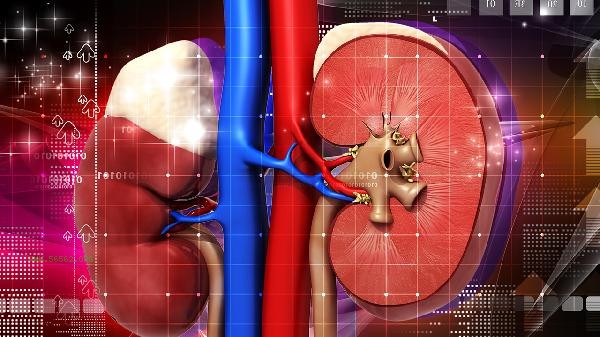
1. Genetic factors. Some cases of double kidney milk calcium deposition are related to familial inheritance, such as familial hypophosphatemia or idiopathic hypercalciuria. These diseases may cause abnormal calcium metabolism in the kidneys, leading to calcium salt deposition. It is recommended that children with a family history undergo regular kidney ultrasound and blood tests for early screening.
2. Dietary factors. A high calcium diet or excessive intake of vitamin D is a common cause. Long term consumption of high calcium foods such as milk and cheese, or excessive intake of vitamin D supplements by children, may lead to elevated blood calcium levels and increased burden on the kidneys. Parents are advised to control their children's calcium intake and avoid blindly supplementing with vitamin D.
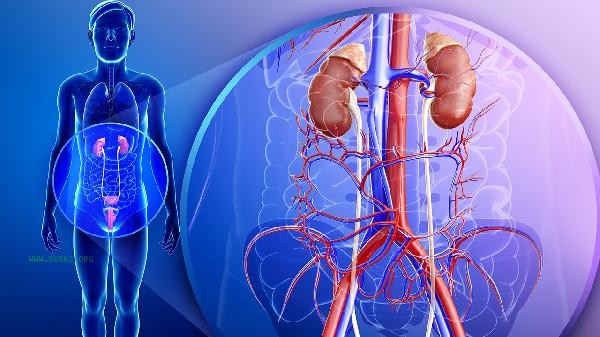
3. Metabolic abnormalities. Some metabolic diseases, such as hyperparathyroidism and renal tubular acidosis, may cause disturbances in calcium and phosphorus metabolism, leading to calcium deposition in both kidneys. This type of disease needs to be diagnosed through blood and urine tests, and treated according to the specific cause.
4. Pathological factors. Bilateral renal milk calcium deposition may be an early manifestation of certain kidney diseases, such as kidney stones, chronic kidney disease, etc. If children are found to have symptoms such as frequent urination, painful urination, and hematuria, they should seek medical attention promptly and undergo renal imaging examination to confirm the diagnosis. The treatment methods for SEP include medication therapy, dietary adjustments, and lifestyle interventions. Drug therapy can use thiazide diuretics to reduce urinary calcium excretion, or phosphate preparations to regulate calcium phosphate metabolism. In terms of diet, one should reduce the intake of high calcium foods, increase fiber rich vegetables and fruits, and maintain sufficient hydration. In terms of lifestyle, encourage children to exercise in moderation, avoid prolonged sitting, and promote calcium metabolism and excretion. Although double kidney milk calcium deposition is not necessarily a serious disease, if not intervened in a timely manner, it may develop into kidney stones or chronic kidney disease, affecting children's health. Parents should pay attention to their children's diet and lifestyle habits, regularly undergo health checks, seek medical attention promptly if problems are found, and ensure the health of their children's kidneys.
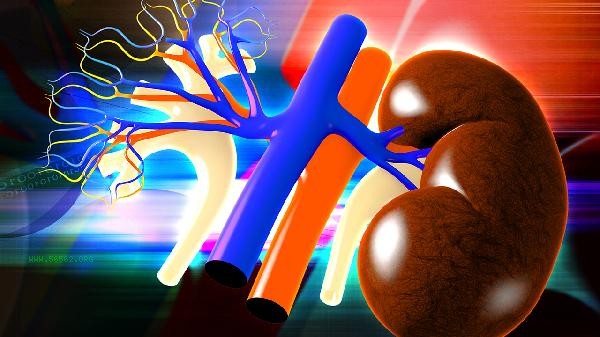

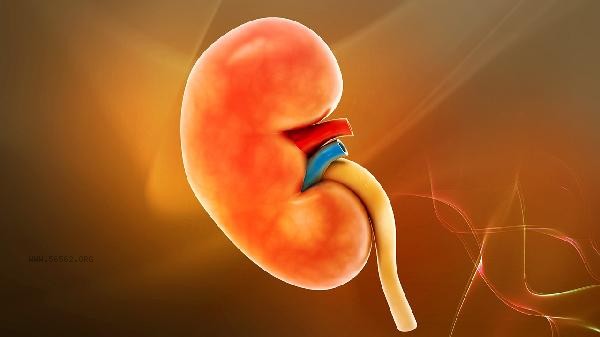
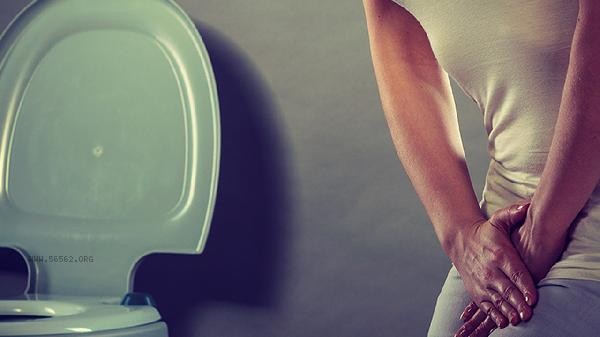
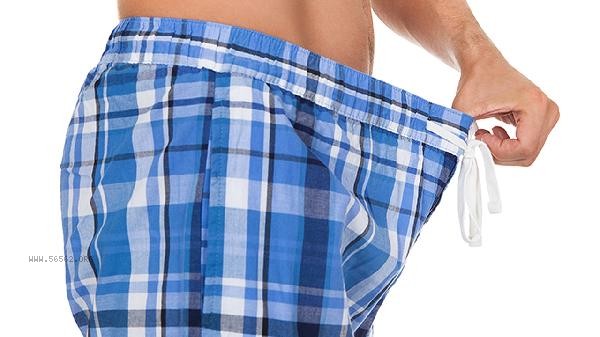
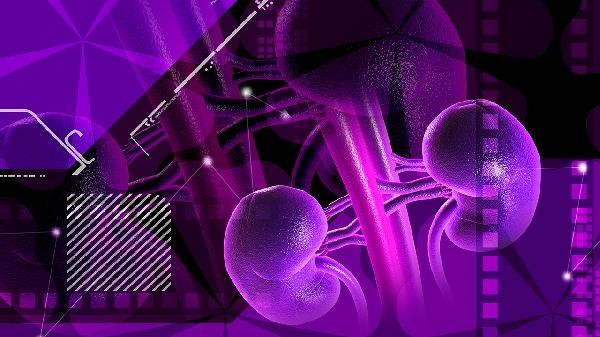
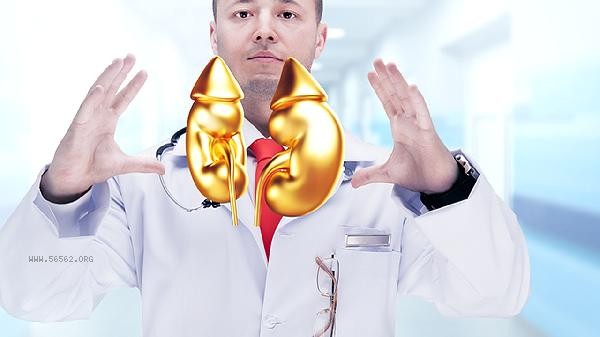


Comments (0)
Leave a Comment
No comments yet
Be the first to share your thoughts!